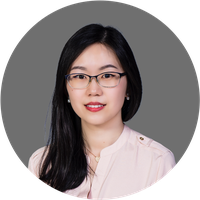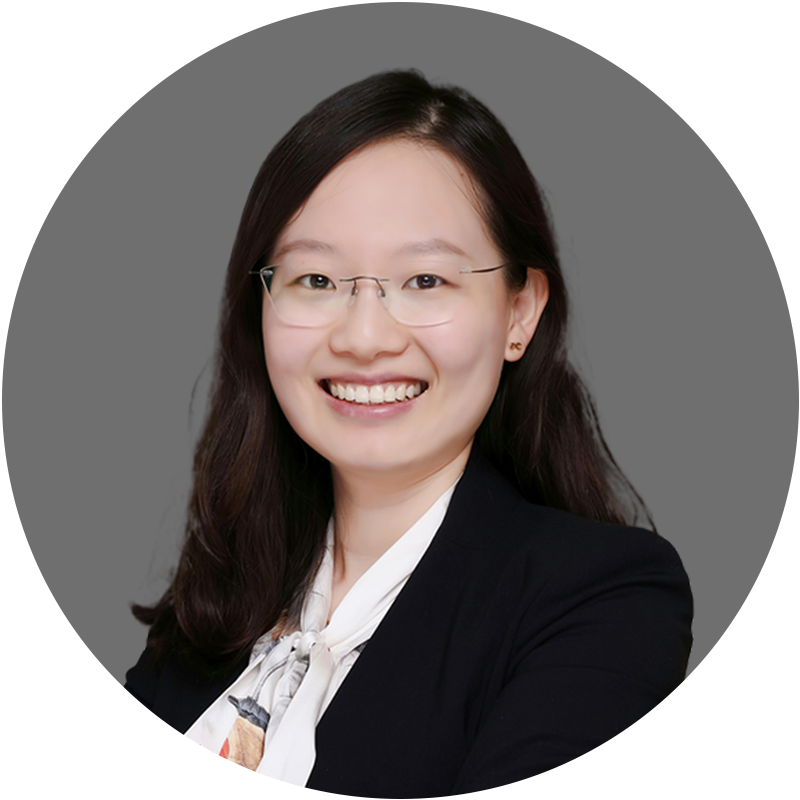Yuqing Zheng designed and proposed a series of novel organic small molecules/conjugated polymers and their mesoscale assembly strategies. The precise assembly of organic electronic molecules at Angstrom/nanometer-scale was achieved by regulating the weak yet complicated intermolecular interactions. She revealed the fundamental relationship between chemical structure and electronic properties of organic electronic materials, thus enabling the achievement of record-high electron mobilities for N-type organic semiconductors.
Zheng proposed a universal direct lithographic patterning method for polymeric electronic materials, enabling efficient monolithic integration towards high-density intrinsically elastic electronic devices. Taking advantage of the unique post-modification properties of polymer materials, a covalently crosslinked polymer network is formed in situ in the film through an efficient UV light-triggered chemical reaction, and therefore a "functional photoresist" system, so-called “PhotoAssist," with stable electrical properties before and after patterning is developed. Such strategy realizes the high-precision patterning and efficient immobilization of micro-scale electro-active polymeric materials at the same time.
On this basis, monolithic integration of flexible and stretchable electronic devices is enabled, which substantially simplifies the integrated circuit fabrication processes, and ensures stable interfaces of multi-layer devices, thus making the transistor device performance sustain up to 1000 repeated stretching cycles under 50% mechanical deformation.
This method opens up the possibility for stretchable electronic devices to enter actual industrial applications, as it is compatible with the lithography process in the current advanced semiconductor industry while retaining its advantages of high throughput and high precision. PhotoAssist empowers the construction of the first stretchable half-adder devices and the wafer-level manufacturing of stretchable transistor arrays with significantly increased integration density of stretchable integrated circuits by more than 2 orders of magnitude, reaching 42,000/cm2. The yield at the lab facility is as high as 98.5%, approaching the requirements for mass production of stretchable electronic devices. This innovative idea and technological path of constructing ultra-high-density stretchable integrated circuits by direct optical lithography of polymeric materials provides a new paradigm for the industrial manufacturing of stretchable electronic devices.




